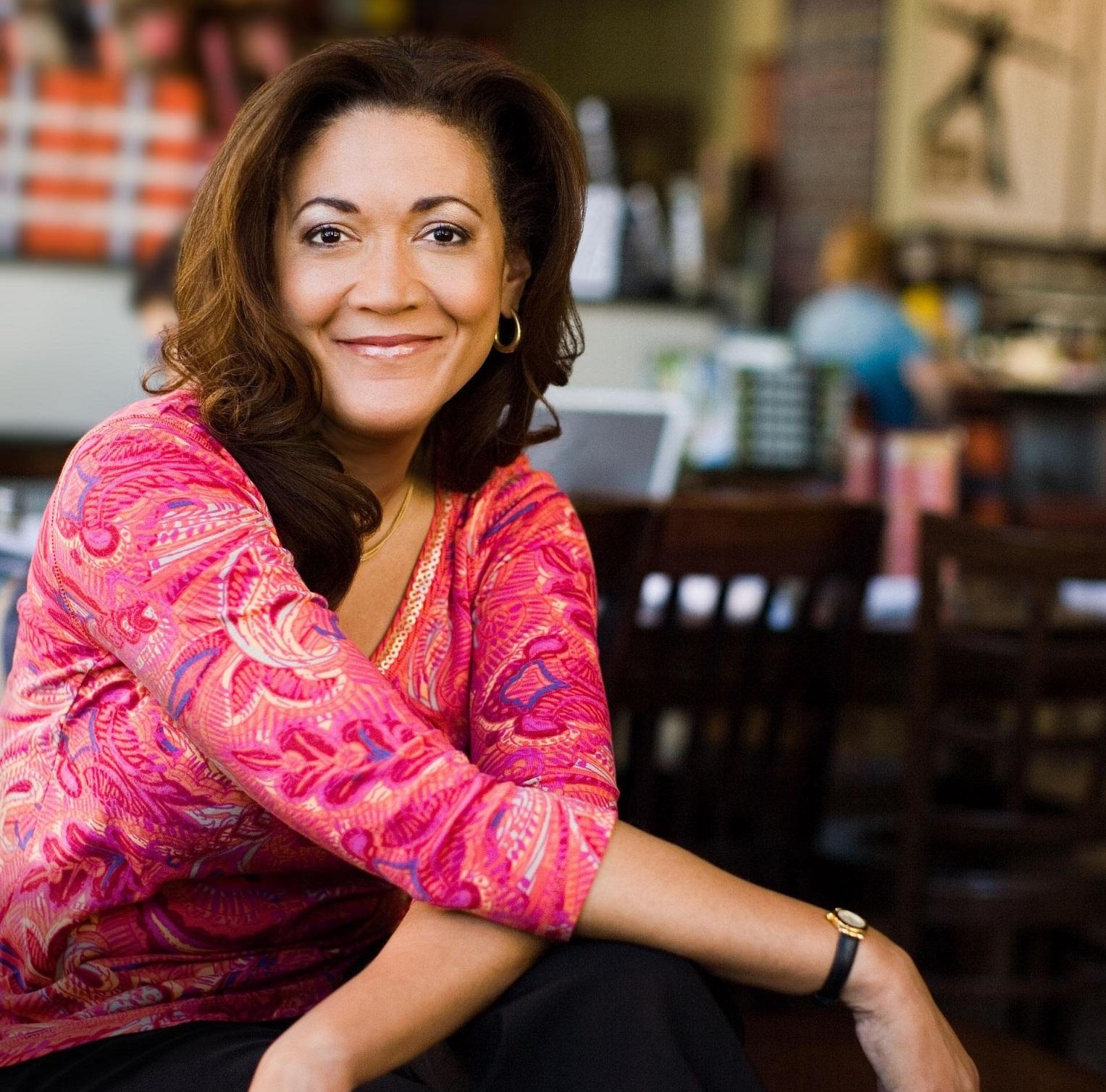
Remembering Black Wall Street
Living next to the mountains or along a beautiful beach, the splendor and majesty of the place becomes common and easy to think of as less than special. That is what it’s like to remember Tulsa’s Black Wall Street. When you think of that improbable time it makes you stand in wonder that it even happened. It is also still a place where there are those who covet the very land that was burned down in jealous rage that still reverberates across Greenwood and Archer.
Black Wall Street is not just a historical marker or a paragraph in state history books. No, it is an important part of today’s reality. The lust for land once soaked with the blood of those who sought the American dream and reached excellence in entrepreneurial success continues. This was land that was literally settled by the children of slaves. There were former slaves who walked those streets in 1921. While many ex slaves struggled to live in post-civil war days that were marked by Jim Crow laws and the Ku Klux Klan at the height of their sinister power, Tulsa strived despite the hatred all round their borders.
In many ways Black Wall Street should have never have happened. However, in the face of naked hatred and laws designed to create failure, Tulsa African Americans created a haven for entrepreneurs and artists. Lawyers, doctors and teachers were the civic leaders back in 1921. Despite being discussed in Tulsa the Tulsa Race Riot and Black Wall Street are largely unknown outside of Oklahoma. But, that may be changing.
Alicia Hall Moran is a Jazz artist and she discovered there was a Black Wall Street in Oklahoma, the state where her father was born. Now, Black Wall Street is the subject of a stage production and her latest album titled “Here Today.”
Today the once charred earth that was Black Wall Street is the subject of the attention of those who want to own its most valuable pieces. Greenwood and Archer. This area is in the hands of African American hands through the Greenwood Chamber and others. Developers look at the area as a place to redevelop. Could mean tearing it down and removing Black ownership. Chaos at the chamber the last couple of years and questionable management has made the whole area vulnerable to attack.
Greenwood rose from the ashes, now the question is can they rise again after a potential take-over. In the meantime, go see ‘Black Wall Street’ Thursday, May 24th, at 7 pm at the Williams Theater at the Tulsa PAC.
The Deaths of Tulsans Killed By Police Lauded, Litigated
Deaths by law enforcement is a deep scar that seldom finds healing. Tulsa is no stranger to the deaths of Black men by law enforcement and with mixed outcomes that are still emerging. The only thing clear is that it continues to happen and justice is fickle.
Betty Shelby shot unarmed Terrance Crutcher in the back and was tried and found not guilty by a largely white jury in 2017. She was reassigned to desk duty and she resigned because she wanted to continue to patrol the streets. She and her husband were socially friends with the Sheriff of Rogers County and he hired her. She was hired as a reserve deputy and was welcomed to the largely all-white Rogers County community. African Americans make up 1 percent of the population there. But in the Rogers County where Shelby now patrols as a full time deputy African Americans make up roughly 10 percent of the jail population. This means that in Shelby’s Rogers County approximately 120 African Americans are jailed out of a total population of 860 men, women and children. That is wildly disproportionate. Shelby must feel like Rogers County is a friendly place to work. She is not out of the woods yet. She dodged the criminal charges but a federal civil case is pending. She was recently lauded for her new life in Tulsa’s daily paper. Oddly, there was no heartwarming story about Terrance Crutcher who was unarmed and shot in the back.
The police shooting of Joshua Barre at the convenience store is now the subject of a lawsuit against the Tulsa Sheriff’s office for his death. Barre suffered from mental health issues and was carrying knives at the time of his death. Barre’s mother is accusing the Tulsa Sheriff’s office of negligence. His 2017 death was caught on camera and he was shot after repeated requests to stop and drop the knives he was carrying.
Today, Tulsa is still dealing with the symptoms of a racist society and the approach to dealing with shooting unarmed Black men is the courts and anger. No one can question anger in these cases, however there needs to be an equal effort to identify the cause of the killings. Is it the policy of police to regulate shooting unarmed citizens? Are we to blame for wanting justice in our streets by those we fear because of media bias and scary stereotypes? Those are only guesses. Tulsa and America need to get to the source of what leads a peace officer to shoot unarmed Black men.
Prejudice Against Spanish Speakers Scrutinized










